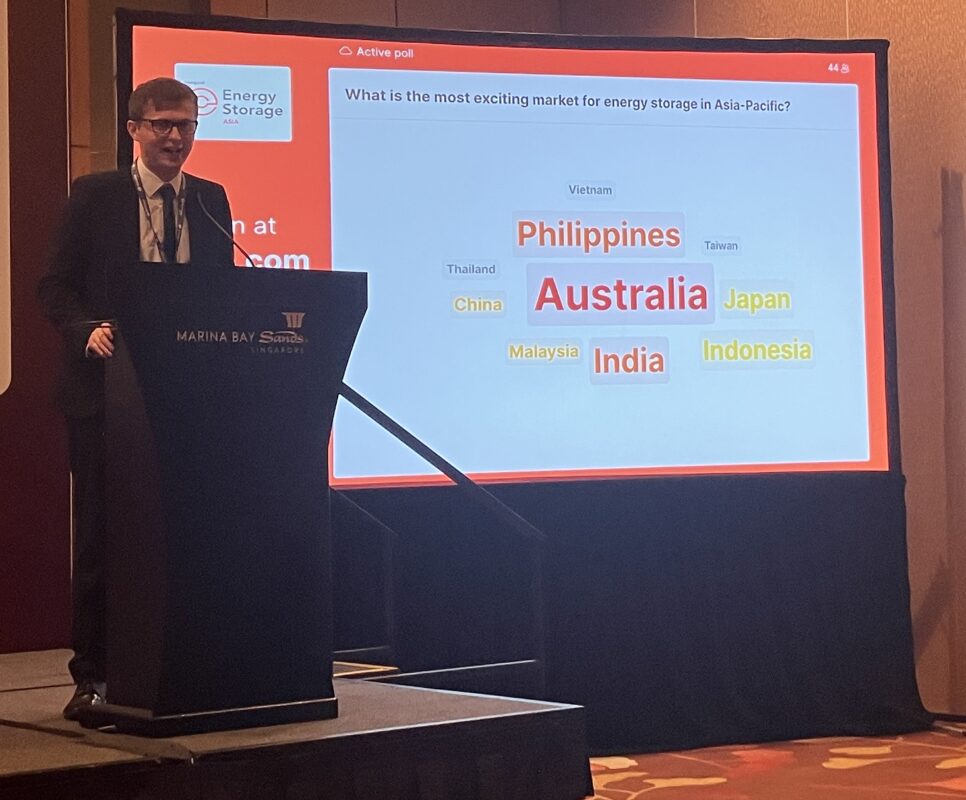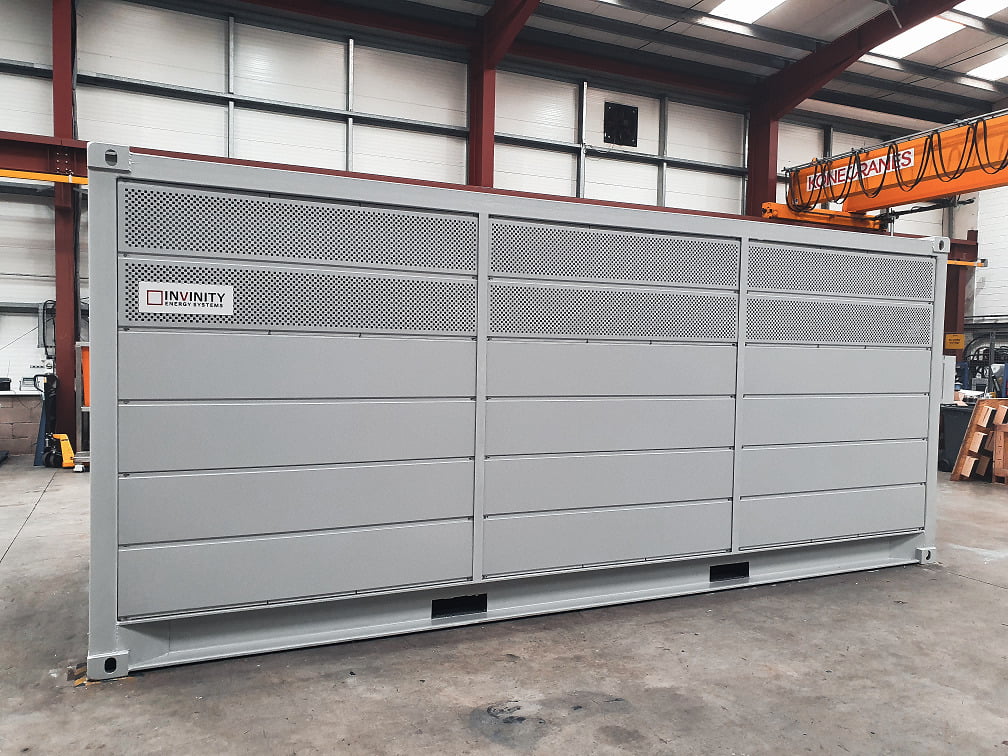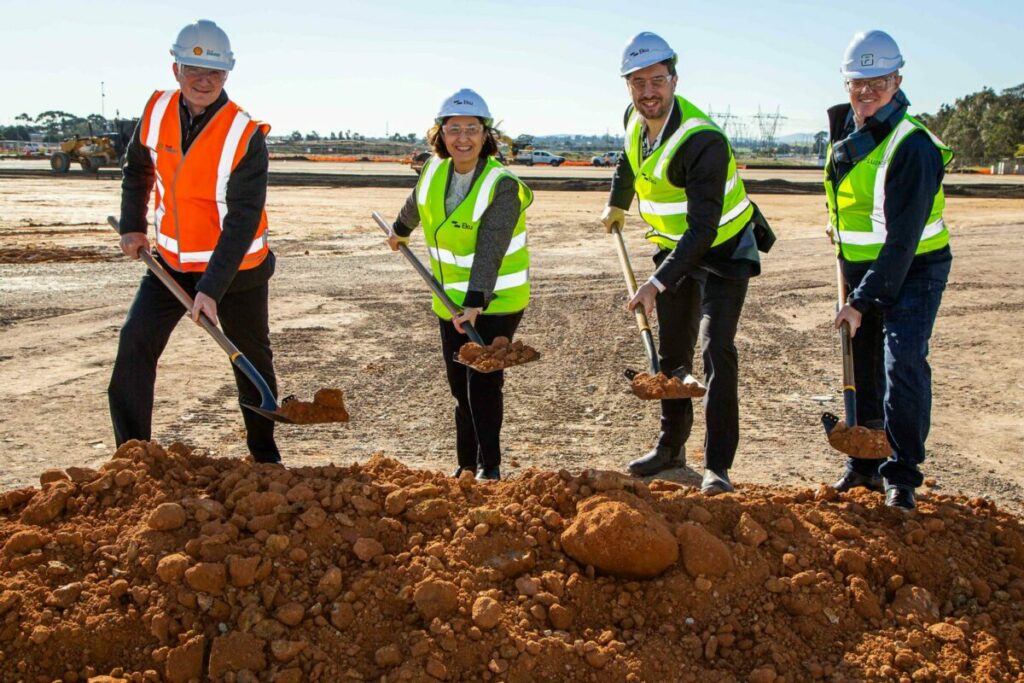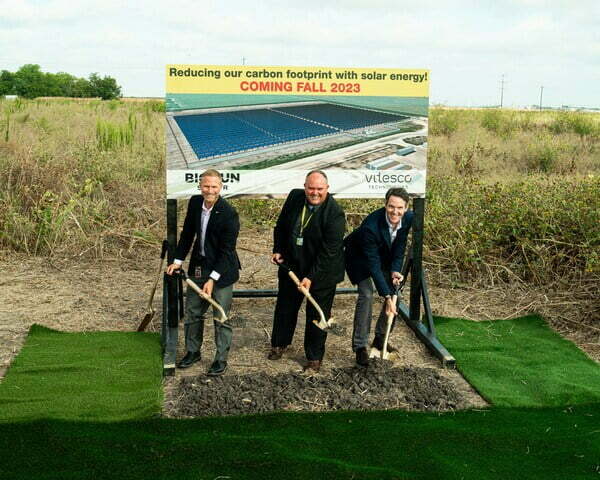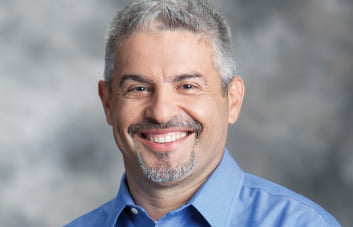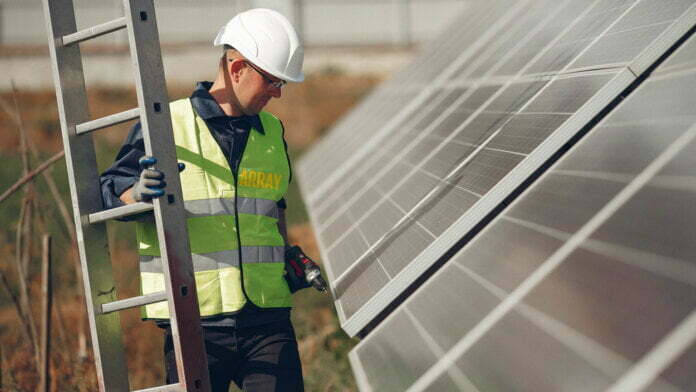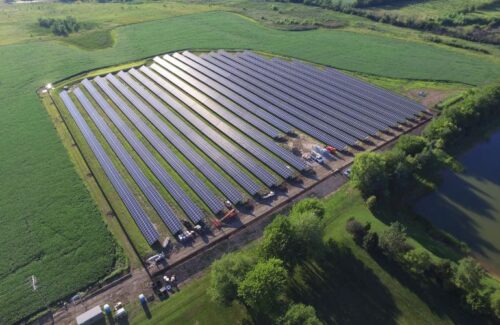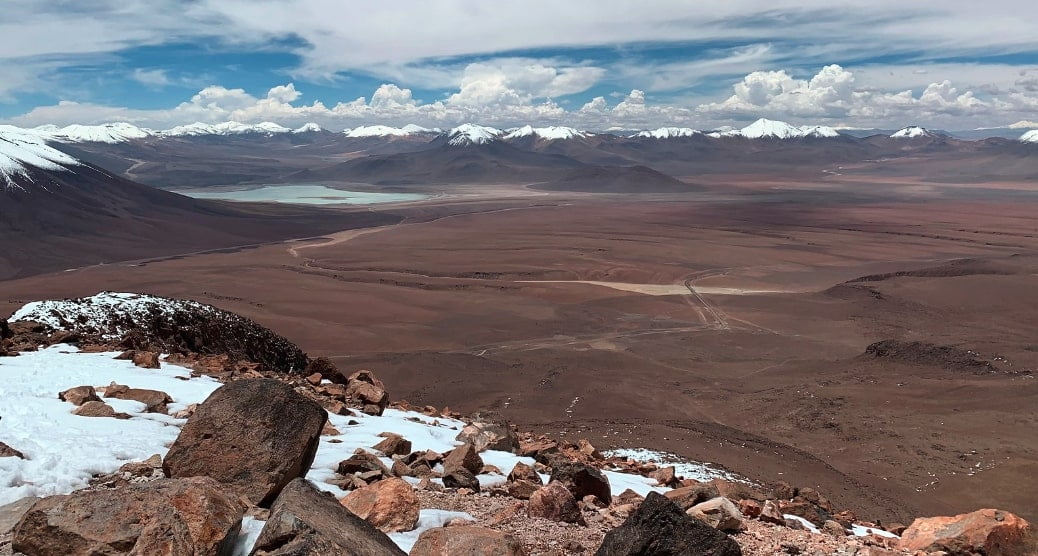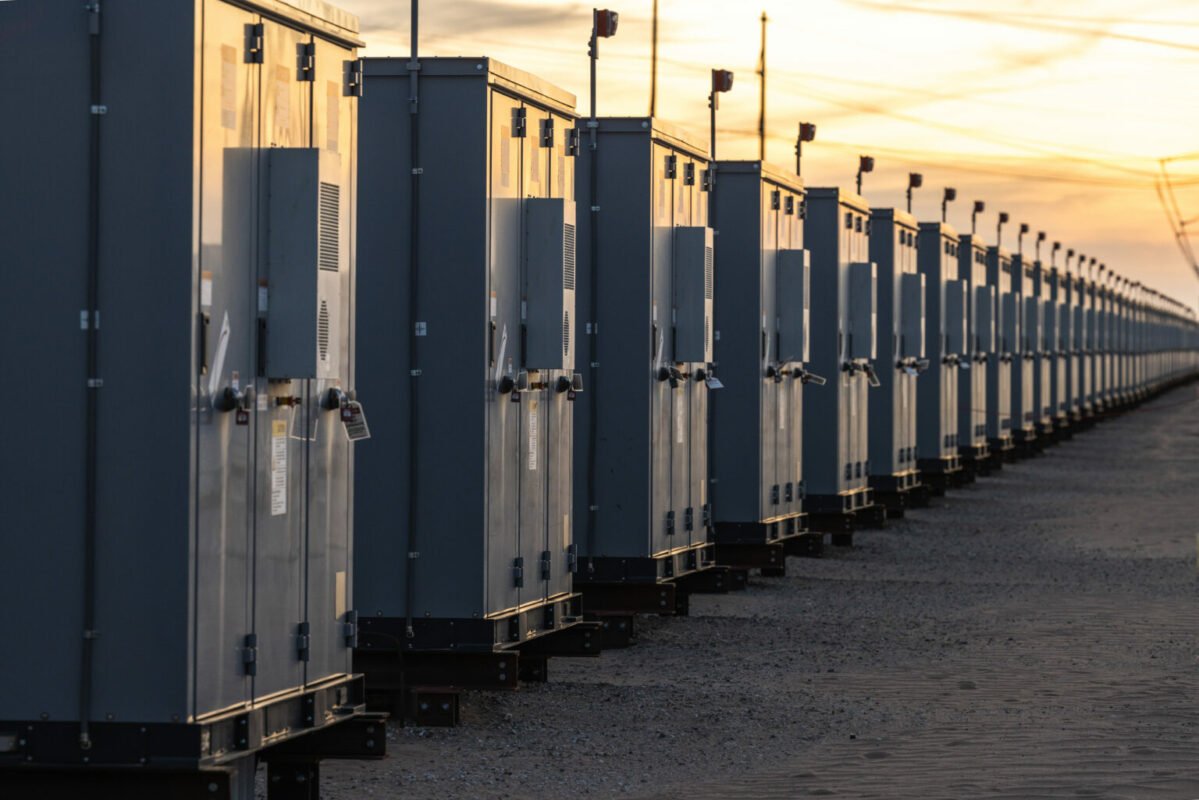From macro-level policy, supply chain and finance talks down to co-location, fire safety and microgrids, it was exciting to see stakeholders from across Asia and beyond come together to tackle them all.
It was interesting to see that many of the questions facing nascent or emerging markets in Asia are the same as those we saw a few years ago in the earlier days of the maturing US and European markets.
Those same questions include: how to make banks comfortable with financing storage assets, how to alert policymakers to put similar efforts into promoting storage as they have done with renewable energy, and how to secure the sufficient volumes of batteries and other equipment needed to ‘deploy, deploy, deploy!’
Other questions are more specific to the region, and of course, Asia is a very big region with extremely varied geographic – and perhaps more importantly – market and regulatory profiles, meaning many country-specific questions still need to be tackled.
We look forward to seeing everyone at next year’s edition, and hope to see many more new faces there, but for now, here are some of the big takeaways from Energy Storage Summit Asia 2023.
Solving the energy trilemma
Energy storage has the unique capability to help solve the energy trilemma that faces Asia, balancing out reliability, sustainability and affordability of energy supply, as panellist Nicolas Leong of Wärtsilä pointed out.
In a discussion on the role of energy storage systems (ESS) in strengthening Asia’s electricity grids, Leong, north and southeast Asia director for Wärtsilä’s energy business, said that the energy transition is a “marathon, not a sprint”. Nonetheless, faced with worsening climate crises and soaring or volatile energy costs, the pace of running needs to accelerate.
In the past, everyone talked about grids in terms of how much energy generation capacity is on them, whereas today, with the rise of variable renewable energy (VRE), the key question is “how flexible is your grid?”, Leong said.
“Storage is here to stay, it will continue to improve, and I really think it will help solve the trilemma we are facing,” Leong said.
Storage can bring sustainability to the grid by integrating variable or intermittent renewable generation, and it can enable reliability too, particularly with technology providers and system integrators offering longer and longer term guarantees for project owners.
It’s in the area of affordability where challenges remain, particularly for some of the less wealthy nations in Asia, Leong said, while noting that the industry is committed to solving that aspect of procurement and deployment.
Replicating models from other countries
One theme that came up time and time again, is that financing energy storage projects requires bankability not just of technology, but of business models. That means being able to show a degree of certainty over revenues. Many countries in Asia are not quite there yet.
Across the Asia-Pacific region, after China and perhaps South Korea, the most mature market for standalone battery energy storage system (BESS) technologies is Australia.
That market has grown quickly because big power generators and retailers like AGL have offered long-term contracts for capacity or grid services to developers in some cases. In other cases, the level of merchant opportunity through the Australian National Electricity Market (NEM) for frequency control ancillary services (FCAS) and arbitrage are enough to entice investors.
And, as we’ve seen in many other markets around the world, financing battery storage is more complex than solar PV and wind, for which fixed revenue models have been around for years. Financiers from Standard Chartered Bank and debt financing platform Pentagreen Capital both said that cash flow certainties are desirable, but still being figured out.
Meanwhile simply porting over business models from other countries, however successful they may have been, won’t be easy if going from Australia, to Southeast Asia, for example.
The good news is that some countries like India and Japan are at various stages of rolling out supportive frameworks to incorporate energy storage into the power sector. It’s a trickier question in the ASEAN markets, where regulations are largely yet to change, with the exception of the Philippines, although renewable energy and net zero targets across the region will drive an inevitable need for storage.
ASEAN regulators have embraced renewable energy but not yet energy storage
We heard on the opening day’s first panel that countries in the ASEAN region have come a long way in their adoption of renewable energy, but are yet to extend that embrace to energy storage.
Beni Suryadi of the ASEAN Centre for Energy intergovernmental association said a “lack of involvement” by regulators in discussions about energy storage is the biggest challenge facing the technology in the region’s 10 countries.
Suryadi offered the example of Vietnam, where solar PV has been deployed at a rapid pace. Yet it is difficult to find any serious discussion of energy storage in the country, he said.
Nonetheless, where “pain points” on the grid can be found, the need for energy storage will be most critical, Georg Garabandic, DNV’s energy storage lead for the APAC region said in a later panel session. Contracting for services from storage systems to solve these pain points would be a powerful way to stimulate investment, Garabandic said.
Supply chain challenges require sharing of risks to mitigate
The energy storage industry has become a “victim of its own success”, as well as of the success of the electric vehicle (EV) industry, making supply chain management ever more difficult.
Solar Media conference producer Moses Makin announces the results of an audience poll. Image: Andy Colthorpe/Solar Media
Speaking on a panel about supply chain challenges, Mahdi Behrengrad, head of energy storage at Japanese renewables developer Pacifico Energy, said that for achieving the “net zero dream,” investing in battery storage requires a new sort of risk appetite.
That means all stakeholders must “do their homework” to mitigate risks as far as possible, for example, developers should have multiple vendors they can turn to, Behrangrad said. At the same time, investors and lenders should not be looking at BESS as a “typical investment”.
Fellow panellist Le Xu, commercial manager at Aquila Clean Energy Asia-Pacific (ACES APAC), noted that batteries represent around 40% to 50% of the equipment cost of a grid-scale battery energy storage system (BESS) asset. That means the squeeze on supply is felt far more acutely than it would be when talking about solar modules for a PV plant, Xu said.
Co-location enables blending of finance
Banks typically want to take on less than 30% merchant risk when lending to a clean energy project, according to Kiran Jethwa, managing partner at asset management group Fumase.
Speaking on a panel about co-location of energy storage with generation assets, Jethwa said Fumase often mitigates merchant risk by allocating a certain amount of capacity to power purchase agreements (PPAs), offering lenders a blended finance option.
What was interesting to hear was that while batteries can offer high returns from merchant opportunities, but also carry a risk in that there is no long-term certainty over revenues, solar PV and wind offer stable, long-term, but often lower returns.
Lenders like long-term certainty in cash flows, MUFG’s deputy head of project finance Shilei Huang said. In Asia, it is very typical to see fixed tariff long-term PPAs for standalone solar PV projects. Adding a battery system brings in multiple revenue streams, some of which could be contracted for and others merchant.
Even if revenues from long-term contracts turn out to be lower than those earned from merchant market participation, having as much contracted revenue in the mix as possible helps ensure the viability of projects on a long-term basis, MUFG’s Huang said.
Other themes, topics and talking points
There were plenty of other subjects of discussion at the event, some of which were as follows:
Industrial decarbonisation
Industry could become a significant source of customer demand for energy storage in Asia. Two key examples cited were the growth of round-the-clock (RTC) 24/7 renewable energy deals signed by industrial entities in India, and the potential for energy storage-integrated microgrids at off-grid or remote mining sites in Indonesia.
ASEAN grid
The prospects for an interconnected electrical grid serving the ASEAN region were mentioned several times, with energy storage likely to play a key role in enabling renewable energy generated in places with abundant land and solar resources able to feed power to more heavily urbanised and land constrained places such as Singapore, the host country for Energy Storage Summit Asia 2023. An ASEAN grid could unlock about 70GW of cross-border connections.
Where will the biggest markets be in Asia?
A poll of the audience taken by organisers found that Australia was expected by attendees to be the country with the most interesting energy storage market in the near future. Also prominent were India, the Philippines, Japan, Indonesia, China and Malaysia.
‘Need and will for greater storage deployment and investment’
“The summit demonstrated there is the need and will for greater energy storage deployment and investment throughout the Asia-Pacific region,” summit producer Moses Makin at Solar Media said after the event.
“The networking room felt alive, full of meetings – developers, technology providers and financiers were there creating meaningful business relationships. This is no small feat for one of the world’s most important regions to the energy transition,” Makin said.
Next year’s Energy Storage Summit Asia is scheduled to take place in Singapore once again, in July 2024. Visit the event website for more details.
Continue reading

